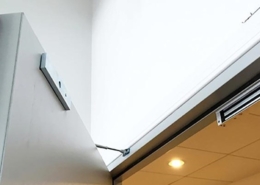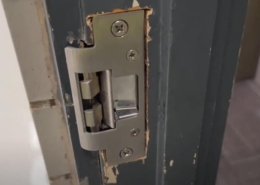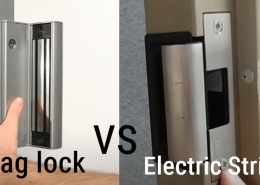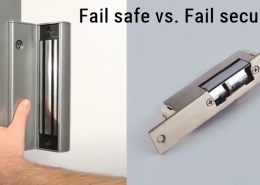How to Open Magnetic Child Locks Without Magnet? Simple Ways
Lost your magnetic key? No problem. Explore our detailed guide on how to open magnetic child locks without magnet. Ensure child safety while maintaining easy access for adults.
Magnetic child locks are crucial in childproofing homes, ensuring that curious little hands avoid potential hazards. These locks are highly effective yet simple to use – with one catch – they require a magnetic key to open. But what happens if you misplace this key? Being locked out of your cabinets can be a frustrating experience.
This guide will outline the steps you can take to open magnetic child locks without a magnet. By the end of this guide, you’ll have gained the knowledge you need to keep your child safe while never being locked out yourself.
If you’ve lost the magnetic key that operates your child’s magnetic locks, you can still unlock them with the right tools and techniques.
- Using a Strong Magnet: Any strong magnet could open the lock even if you’ve lost the original magnetic key. You could try using a fridge magnet or a magnet from a toy or tool. Place the magnet on the area where the lock is installed and move it around until the lock disengages.
- Using Magnetic Tape: Magnetic tape can also be used like the kind used in refrigerator door seals. Fold the tape into a few layers to strengthen its magnetic force, then apply it to the lock.
- Using a Screwdriver: If you don’t have a strong magnet handy, try removing the lock. Use a screwdriver to unscrew the lock inside the cabinet or drawer. This should be a last resort, as it requires more effort and permanently removes the lock unless you choose to reinstall it later.
Remember, these methods should be used responsibly and not by children. The primary purpose of these locks is to keep children safe, so once you’ve accessed the locked cabinet or drawer, consider purchasing a replacement magnetic key or installing a different type of childproof lock to continue ensuring their safety.
Use Using a Strong Magnet
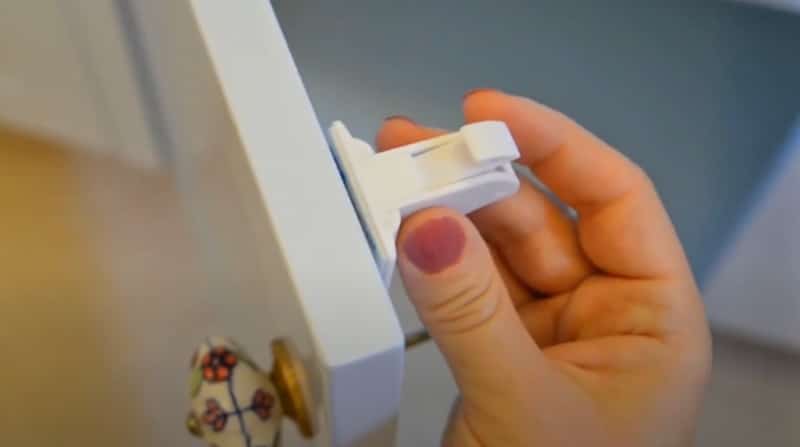
Here’s how you can do it:
- Find a Strong Magnet: The first thing you need to do is find a strong magnet. This could be a magnet from a refrigerator magnet, a toy, or a tool. Neodymium magnets are particularly strong and may work better than others.
- Locate the Lock: Next, you need to identify where the lock mechanism is inside the cabinet or drawer. Usually, you can do this by feeling for the spot where the magnetic key usually works or by examining the inside of the cabinet or drawer for the latch.
- Use the Magnet: Place the strong magnet on the outside of the cabinet or drawer, directly opposite the location of the lock mechanism inside. Move the magnet around this area until you feel the latch pull inward, disengaging the lock.
- Open the Cabinet or Drawer: Once the lock is disengaged, you should be able to open the cabinet or drawer. Be sure to hold the magnet until the cabinet or drawer is fully open, as the lock may re-engage if the magnet is removed too soon.
Using Magnetic Tape
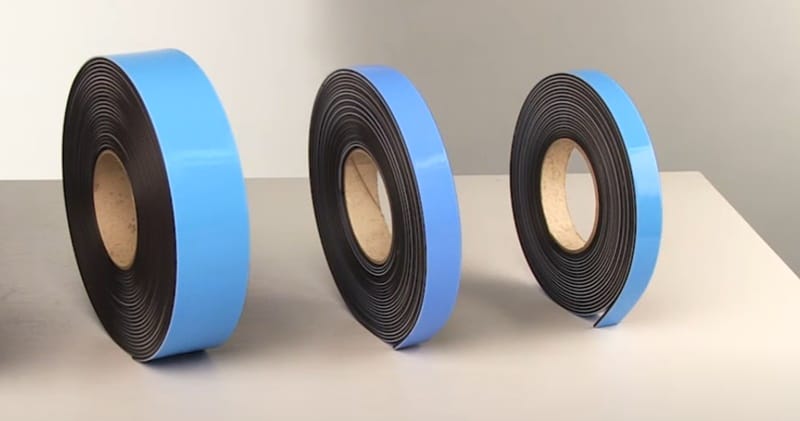
Here’s a step-by-step guide:
- Find Magnetic Tape: The first step is to find the magnetic tape. You might have this lying around the house, or you could find it at a local hardware or craft store. Magnetic tape is often used in craft projects or for refrigerator door seals.
- Strengthen the Magnetic Tape: Magnetic tape might not be as strong as the original magnetic key, so you might need to fold it over a few times or layer several pieces to increase its magnetic strength.
- Locate the Lock: Identify where the lock mechanism is located inside the cabinet or drawer. You can typically do this by feeling for the spot where the magnetic key usually works or by examining the inside of the cabinet or drawer for the latch.
- Use the Magnetic Tape: Place the layered magnetic tape on the outside of the cabinet or drawer, directly opposite the location of the lock mechanism inside. Move the tape around this area until the latch pulls inward, disengaging the lock.
- Open the Cabinet or Drawer: With the lock disengaged, you should be able to open the cabinet or drawer. Hold the tape until the cabinet or drawer is fully open, as the lock might re-engage if the tape is removed too soon.
Using a Screwdriver
Here’s how to do it:
- Find a Suitable Screwdriver: You will need a screwdriver that fits the screws used in your child’s lock. Typically, these are small screws, so a precision or jeweler’s screwdriver might be necessary.
- Find the Screws: The first step is to locate the screws holding the lock mechanism in place. Depending on the specific lock design, they may be inside or outside the door or drawer.
- Remove the Screws: Using a screwdriver that fits the screws, carefully unscrew each one. Keep the screws in a safe place where they won’t get lost, as you’ll need them to reassemble the lock.
- Locate the Magnet: You can see the magnet once the lock mechanism is exposed. This part of the lock interacts with the key to lock or unlock the latch.
- Cover the Magnet: To protect the magnet while you work, cover it with a piece of cloth or a small piece of plastic. This will help prevent damage to the magnet.
- Slide Out the Ball Bearing: Some magnetic locks have a small ball bearing held in place by the magnet. If your lock has one, carefully slide it out of its position. You might need a small tool like a pair of tweezers for this.
- Find and Attract the Magnet: Once the ball bearing is out, you should be able to find and attract the magnet. Use a separate magnet to do this. Be careful not to scratch or damage the magnet.
- Keep the Magnet: After you’ve removed the magnet, keep it in a safe place. You’ll need it to reassemble the lock.
- Remove the Ball Bearing: With the magnet removed, you should be able to remove the ball bearing. This will effectively disengage the lock.
- Open the Lock: Now that the lock mechanism is disassembled, you should be able to open the door or drawer.
Please remember that disassembling a lock can cause it to become nonfunctional, so this method should be used only as a last resort.
Can You Break a Magnetic Child Lock to Open It?

Breaking a magnetic child lock is technically possible, but it’s not recommended. Here’s why:
- Potential Damage: Attempting to break a magnetic child lock can cause damage to the lock, the cabinet or drawer it’s attached to, and potentially the contents inside. This could lead to costly repairs or replacements.
- Safety Hazard: Breaking a lock can create sharp edges or small pieces that could be a safety hazard, especially for children.
- Loss of Childproofing: Breaking a child lock defeats its purpose, leaving potentially dangerous items accessible to children. This could be a significant safety concern if the cabinet or drawer contains cleaning supplies, medications, or sharp objects.
- Legal and Ethical Concerns: As mentioned before, tampering with locks you do not own or have permission to open is illegal and unethical.
If you’ve lost the magnetic key for a magnetic child lock, your best action is to try one non-destructive method, such as using a strong magnet. If these methods fail, contact a locksmith or the lock manufacturer. If the lock is no longer needed, it may be best to remove and replace it rather than try to break it.
For more information about magnetic lock troubleshooting, see this article: Magnetic Door Lock Troubleshooting: Problems Solving Guide.
Conclusion
In summary, while magnetic child locks are an ingenious solution to prevent child access to certain areas, losing the magnetic key doesn’t spell disaster. You can use several viable strategies to open these locks without a magnet. It’s important to remember that these methods should only be used responsibly and to ensure the continued safety of your children.


